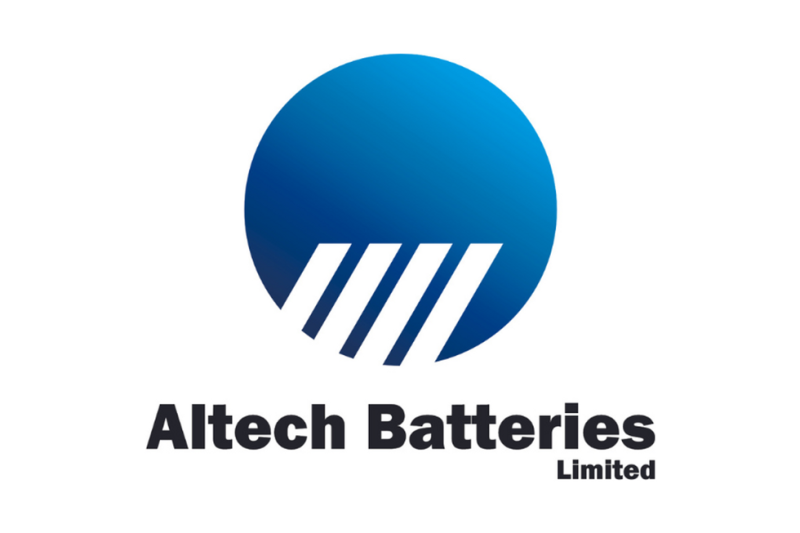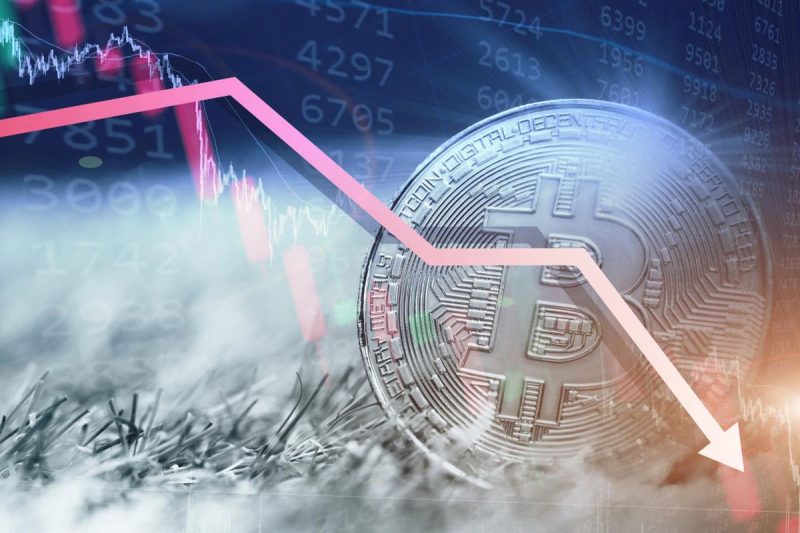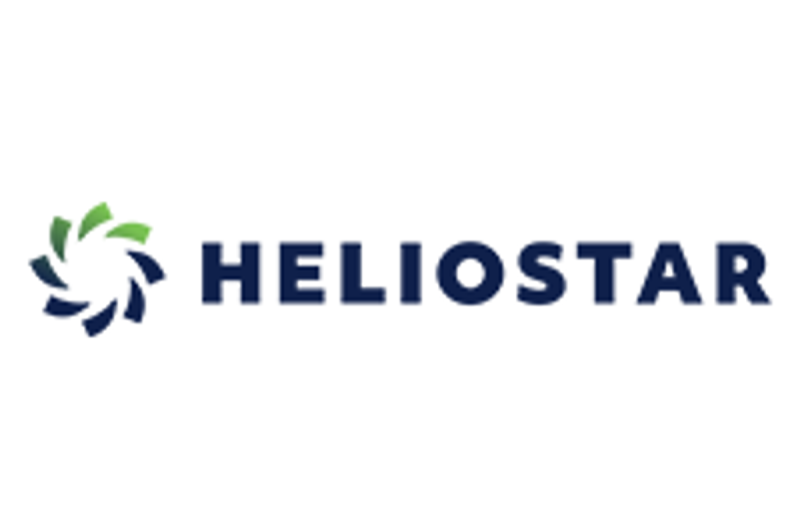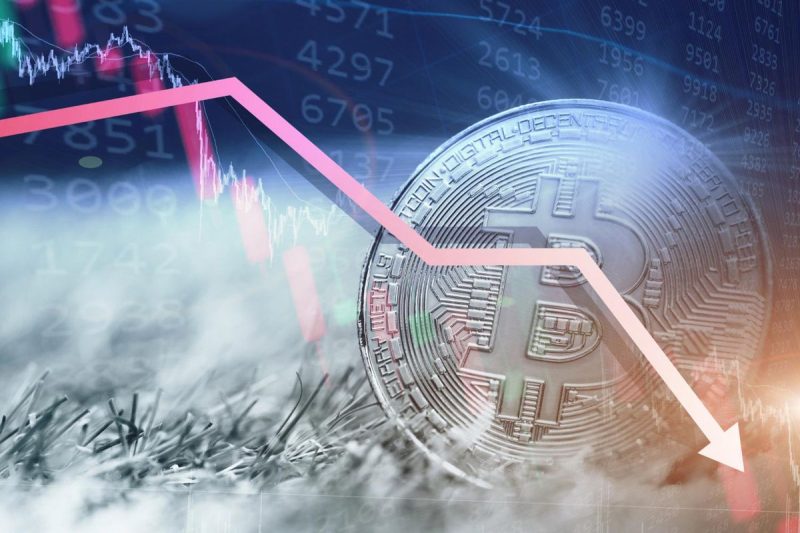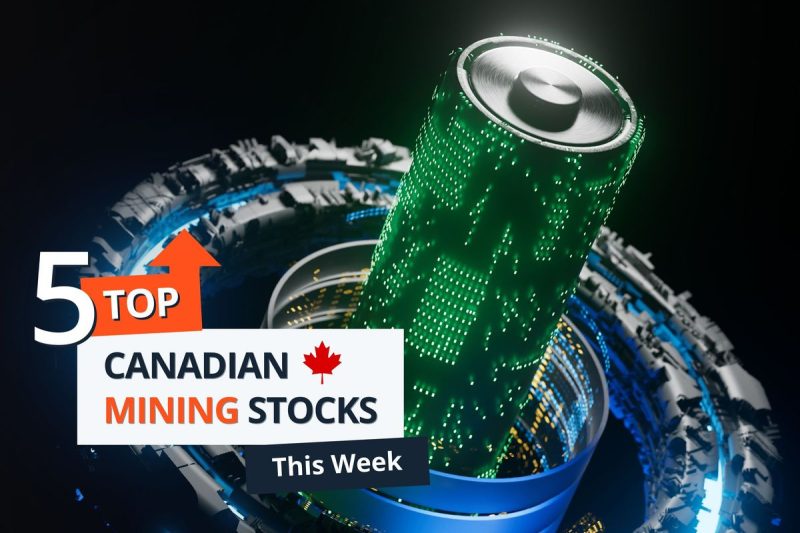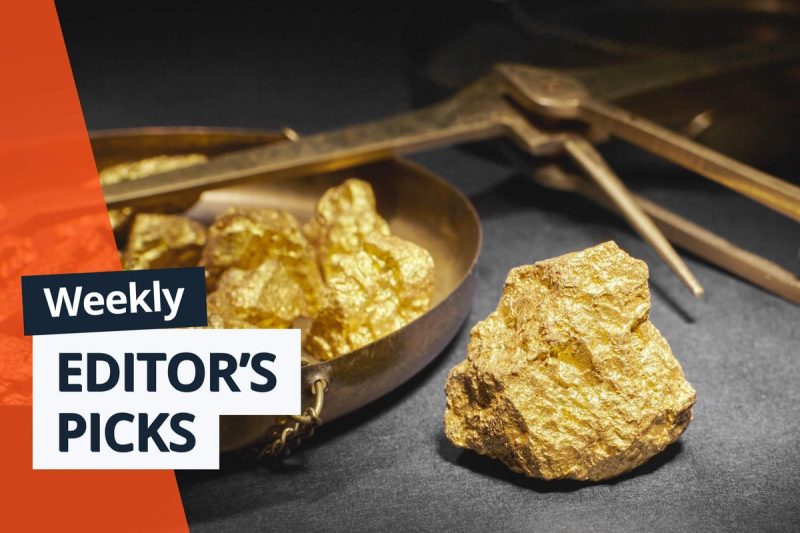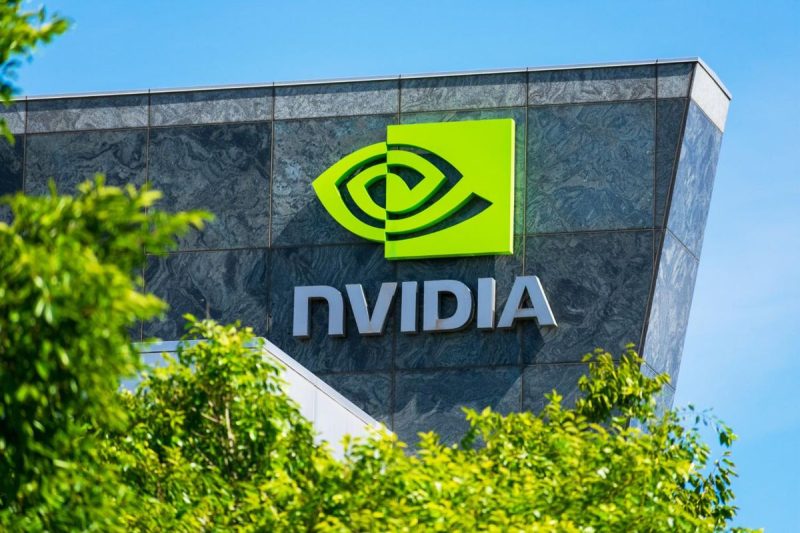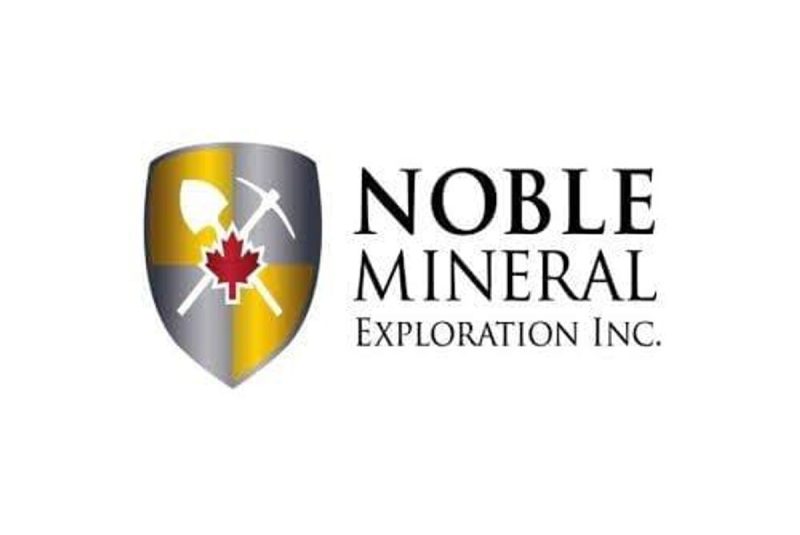Following initial discussions, a mutual Non-Disclosure Agreement (NDA) was executed to enable the confidential technical exchange and evaluation of materials. As part of this collaboration, Altech has prepared and supplied Silumina AnodesTM samples to the Battery Group. These samples, developed under the leadership of Altech’s Chief Technical Officer Dr Jingyuan Lui, have now been shipped to the Battery Group for formal testing in their advanced battery-evaluation laboratories in China.
The Battery Group’s team, during preliminary discussions, indicated that across the industry they have not yet seen silicon additions deliver such meaningful performance improvements at low percentages.
Traditionally, attempts to integrate silicon into commercial lithium-ion anodes have been challenged by expansion-related degradation, unstable solid-electrolyte interphase (SEI) formation and rapid cycle-life fade. The strong performance of Altech’s coated silicon, achieved with only modest silicon loading, was highlighted as particularly noteworthy. The Battery Group acknowledged that very few material suppliers globally are producing silicon additives with this level of stability, consistency, and real-world applicability.
This early feedback reinforces the technical advantage and disruptive potential of Altech’s process.
The Battery Group has also requested that Altech undertake coating trials on their supplied graphite material to assess the performance impact of integrating Altech’s proprietary alumina technology directly onto their own anode substrate. Under the NDA, the Battery Group has dispatched several kilograms of representative graphite samples to Altech’s Perth laboratory, where Dr Lui’s team will apply the Company’s coating process and prepare evaluation batches. These coated graphite samples will then be returned to the Battery Group for benchmarking against their internal standards, providing a direct comparison of how Altech’s technology enhances their preferred graphite formulations.
UPDATE OF LONG CYCLE SILUMINA TESTING
Altech announced on 9 October 2025 a major advancement in its Silumina Anodes(TM) project, achieving the strongest battery-cycling performance recorded to date for its proprietary alumina-coated spherical silicon anode material. Since that announcement, the latest test results now demonstrate an impressive 83% capacity retention after 1,000 charge-discharge cycles with a 5% Silumina Anodes(TM) addition to a standard graphite anode. This represents a significant milestone for the Silumina Anodes(TM) technology, confirming both its durability and real-world commercial potential. Importantly, such cycle-life performance places Altech’s material at the forefront of next-generation silicon-enhanced anode technologies, strengthening its position in the rapidly evolving global battery materials market.
HOW SILUMINA ANODES(TM) IS MADE
Altech’s spherisation process transforms irregular silicon particles into perfectly rounded, alumina-coated spheres that integrate seamlessly within graphite anodes. The process begins with submicron silicon powders that are uniformly coated with a nanolayer of high-purity alumina, buffering against volume expansion during lithiation. These coated particles are then spherified through a precision-controlled thermal and mechanical process that rounds their geometry (refer Figure 1*). When blended into the graphite matrix, the spherical Silumina AnodesTM particles naturally occupy microscopic voids, where they can expand and contract freely during cycling without damaging the surrounding structure (refer Figure 2*). This optimised configuration mitigates mechanical stress, maintains electrode integrity, and enhances electrical connectivity. With only a 5% addition, the design achieves >40% capacity boost while preserving exceptional cycle stability over extended use.
Altech’s Managing Director Iggy Tan stated ‘This engagement from the world’s largest battery manufacturer is a powerful validation of our Silumina Anodes(TM) technology. Their early feedback, particularly noting they have not seen silicon additions perform this effectively at such low levels, reinforces the significance of our breakthrough. We are excited to advance this collaboration under the NDA and look forward to demonstrating how Altech’s coating technology can further enhance their graphite and anode performance.’
*To view tables and figures, please visit:
https://abnnewswire.net/lnk/444MKKI0
About Altech Batteries Ltd:
Altech Batteries Limited (ASX:ATC,OTC:ALTHF) (FRA:A3Y) is a specialty battery technology company that has a joint venture agreement with world leading German battery institute Fraunhofer IKTS (‘Fraunhofer’) to commercialise the revolutionary CERENERGY(R) Sodium Alumina Solid State (SAS) Battery. CERENERGY(R) batteries are the game-changing alternative to lithium-ion batteries. CERENERGY(R) batteries are fire and explosion-proof; have a life span of more than 15 years and operate in extreme cold and desert climates. The battery technology uses table salt and is lithium-free; cobalt-free; graphite-free; and copper-free, eliminating exposure to critical metal price rises and supply chain concerns.
The joint venture is commercialising its CERENERGY(R) battery, with plans to construct a 100MWh production facility on Altech’s land in Saxony, Germany. The facility intends to produce CERENERGY(R) battery modules to provide grid storage solutions to the market.
Source:
Altech Batteries Ltd
Contact:
Corporate
Iggy Tan
Managing Director
Altech Batteries Limited
Tel: +61-8-6168-1555
Email: info@altechgroup.com
Martin Stein
Chief Financial Officer
Altech Batteries Limited
Tel: +61-8-6168-1555
Email: info@altechgroup.com
News Provided by ABN Newswire via QuoteMedia

